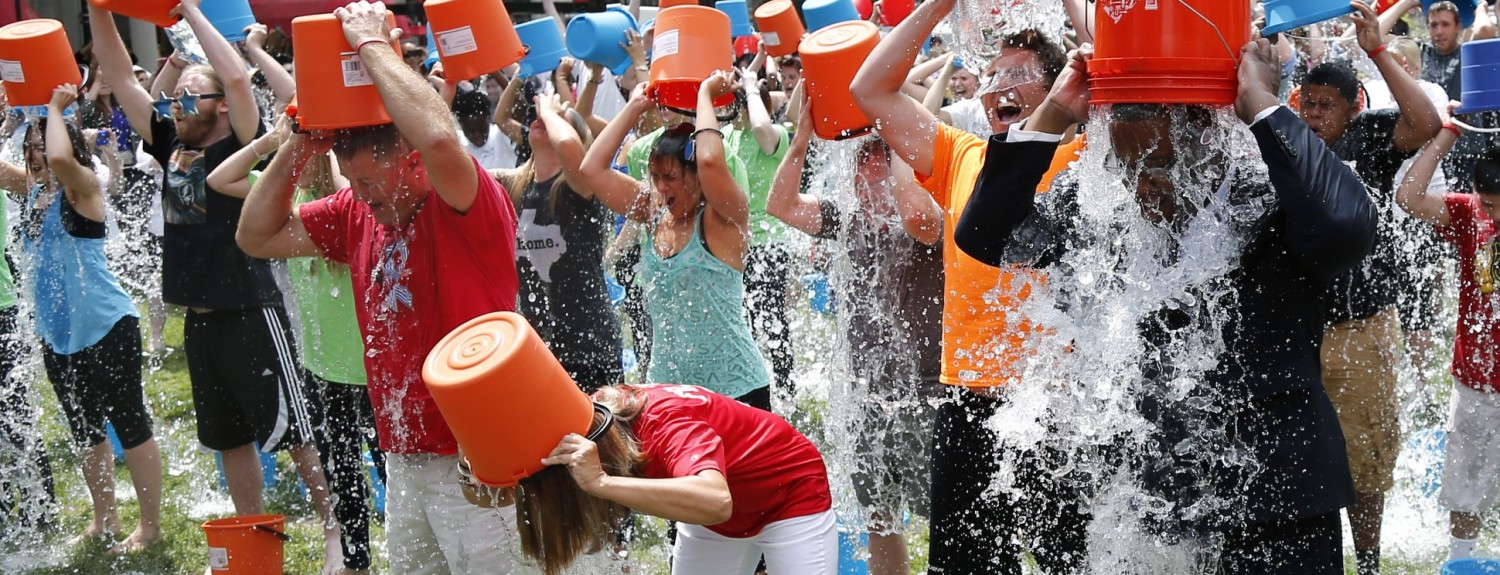This time last year, millions around the world voluntarily doused themselves with ice water to help scientists research Lou Gehrig’s disease (ALS). A year after the movement took off, it looks like the ALS Foundation has made a key breakthrough.
The viral Ice Bucket Challenge brought in $220 million in donations to the ALS Foundation, and that money is paying off. Thanks to increased public interest and funding, many ALS studies were able to be completed more quickly and with better equipment. Scientists were also given more leeway to take risks and investigate hunches.
One of those hunches is a protein called TDP-43, which furthers the progression of ALS when it breaks down within the cell. Researchers can now manufacture a protein to mimic TDP-43 and halt the process. This is a big step for treating ALS, which still has no cure.
No Facebook newsfeed was safe during the ALS Ice Bucker Challenge. The challenge asked for participants to pour ice water over their heads in order to experience the same chill and numbness as ALS patients. If challenged, a person who have a choice between donating to the ALS Foundation or submitting themselves to stone-cold retribution via the ice bucket.
ALS research is especially relevant to military veterans. Multiple studies have found that military personnel are 50 to 60 percent more likely to develop ALS, regardless of their military branch or the wars in which they served. The cause of this pattern remains a mystery.
The Department of Defense banned military personnel from participating in the challenge while wearing a military uniform or during work hours. That didn’t stop service members from participating in their own way.





































